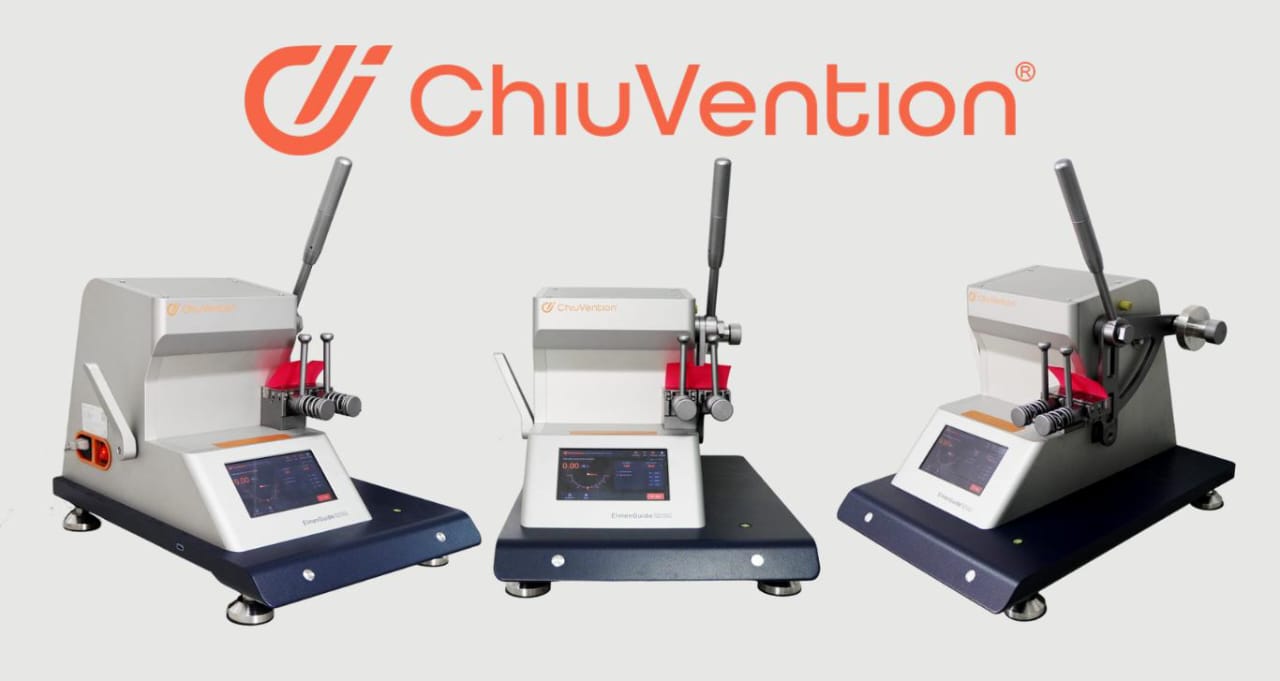In the textile industry, ensuring fabric strength and durability is crucial for delivering high-quality products. One essential test that measures the fabric’s resistance to tearing is the Elmendorf tear strength test. This test provides key insights into how well a fabric will hold up under stress, and the Elmendorf Tearing Strength Tester is one of the most widely used tools for performing this important measurement.
What is Tearing Strength?
Tearing strength refers to the force required to continue a tear in a fabric once an initial cut has been made. It is a critical factor in determining how long a fabric will last in practical use, particularly in clothing, upholstery, and industrial textiles. Fabrics with higher tearing strength are less likely to fail under stress, making them more reliable for consumers.
The Elmendorf Tearing Strength Tester: How It Works
The Elmendorf Tearing Strength Tester operates using a pendulum system. A small cut is made in the fabric, and the tester measures the force required to tear the fabric along that cut. The results give a precise value of the fabric’s tear resistance, making it easy for manufacturers to evaluate their materials.
Tearing Strength Test Method
The tearing strength test method involves making a controlled incision in a fabric sample. The pendulum then applies force to tear the fabric from that incision, and the amount of force used is recorded as the tearing strength. This method ensures consistency and repeatability, which is vital for accurate fabric testing.
Understanding the Formula for Tearing Strength
The formula for tearing strength is based on the force applied during the test in relation to the size of the fabric sample. Typically, this force is measured in newtons or pounds, and the results can vary depending on the fabric type. The formula helps standardise the test results, providing manufacturers with a clear metric to compare fabric durability.
Fabric Tear Strength Standards
Standards for testing the tearing strength of woven fabrics and other materials ensure consistency across the textile industry. These standards, such as ISO and ASTM, define how the test should be performed and the specific requirements for different fabric types. Adhering to these standards ensures that fabrics are tested uniformly, providing reliable data for quality control.
Why Tearing Strength Matters
Understanding and testing fabric tear strength is critical for manufacturers who aim to produce durable and long-lasting textiles. From everyday clothing to technical fabrics used in industrial applications, ensuring that a fabric can withstand tearing forces is essential for maintaining product quality.
Conclusion
The Elmendorf Tearing Strength Tester is an invaluable tool for accurately assessing fabric strength. By using the tearing strength test method and understanding the key metrics like the tearing strength formula and fabric standards, manufacturers can ensure their materials meet the highest durability requirements.

